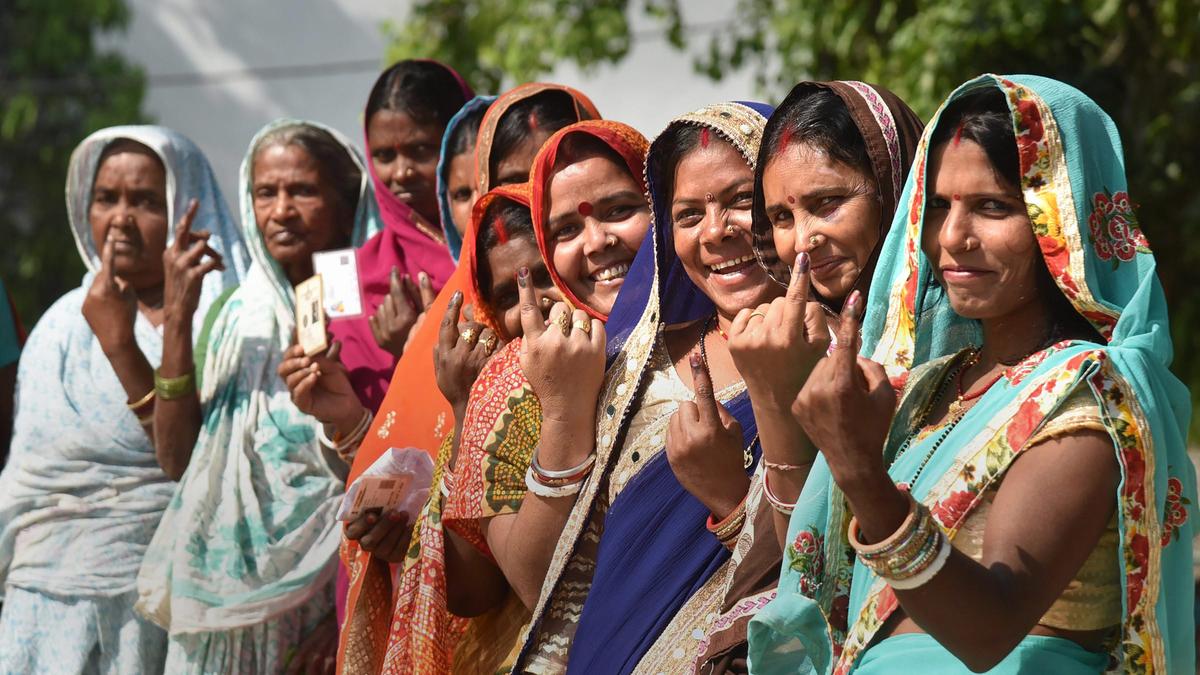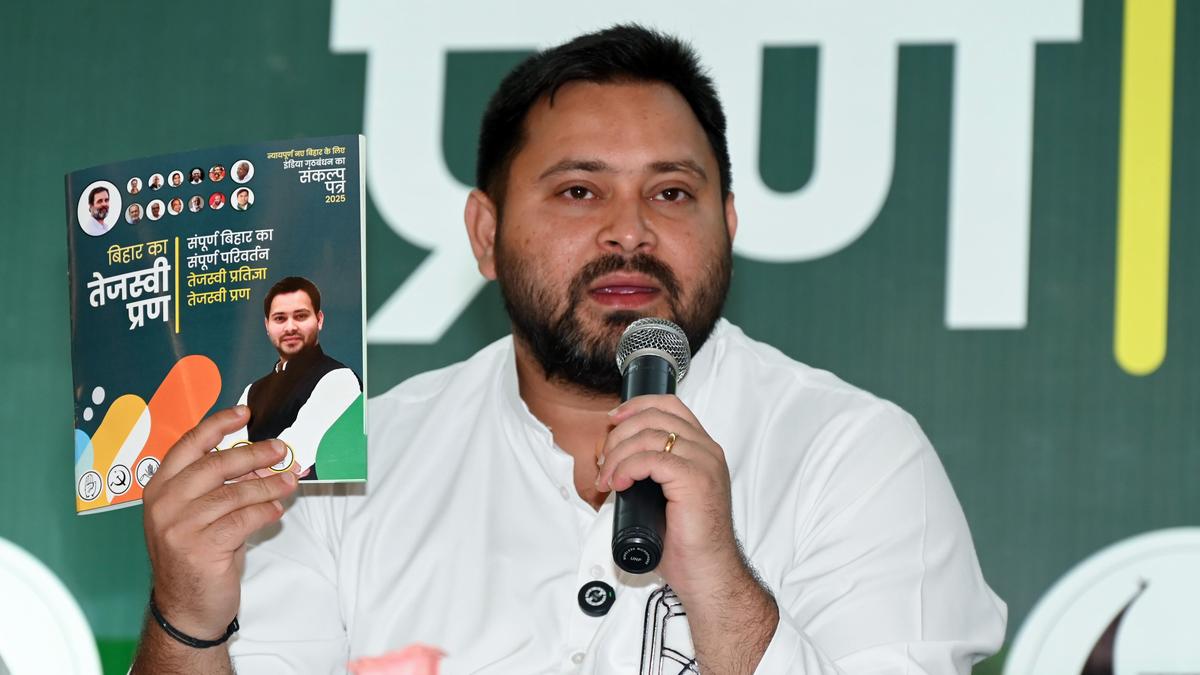During this southwest monsoon season, tree fall incidents in Bengaluru have doubled compared to last year, crossing the 1,000 mark, according to data from the Greater Bengaluru Authority (GBA) reviewed by The Hindu.
GBA data shows that 1,222 trees were uprooted and 2,585 incidents of tree branch snapping were recorded between May and September this year. In 2024, the city had witnessed 531 uprooted trees and 2,010 snapped branches between April and August, according to the data. There were no tree falls reported in September 2024.
Tragically, three people lost their lives and six were injured this year in accidents caused by falling trees or branches. In separate incidents, three people died after branches fell on them while they were riding scooters, raising serious concerns about the safety of both commuters and pedestrians in the city.
Experts point to rapid urbanisation and its offshoots, such as concretisation and poor urban planning, as major causes behind the loss of green cover. Shifting the blame, officials from the GBA’s Forest Wing and the erstwhile Bruhat Bengaluru Mahanagara Palike (BBMP) attribute the situation to historical negligence and severe understaffing.
Unscientific works
A.N. Yellappa Reddy, former forest secretary and silviculturist, described urban tree management as a specialised subject, stressing that contracted field workers responsible for maintaining the city’s green cover should be properly trained. However, he noted that the civic body provides no such training, highlighting its negligence.
Mr. Reddy explained that root cutting and canopy management must go hand in hand and be monitored by an expert or a tree officer knowledgeable about urban ecology.
“We must give equal attention to branch manipulation during root surgery (cutting roots for development works) to maintain the tree’s balance. After surgery, trees should be sprayed with anti-fungal agents, and care should be taken not to damage tissues,” Mr. Reddy said, adding that such practices are rarely followed.
Environmental activist Dattatraya Devare supported Mr. Reddy’s view, noting that trees often become infected by termites, borers, and fungus due to poor management, which weakens them and eventually leads to tree falls. “Unscientific pruning by civic agencies, weakened roots from drain and construction work, and concreting around tree bases are other reasons for poor tree health,” Mr. Devare explained.
Experts stressed that such negligence in urban tree management has left Bengaluru’s trees vulnerable. The city’s wind speeds range from 10 kmph to 40 kmph, sometimes reaching 50 kmph. Under such extreme conditions or during heavy rain, weak trees get uprooted and collapse, which is a recurring threat for Bengaluru.
While experts and activists cite multiple reasons, a GBA official, speaking on condition of anonymity, said that effective tree management requires adequate manpower, something the department sorely lacks. The forest wing currently has barely 20 officials, including office staff, to manage the entire city.
“Tree management is carried out regularly, but covering the whole city with such critical understaffing is impossible,” the official said.
The official also pointed out that police have been filing cases against forest department officials, even though the negligence has deep historical roots.
Six cases have been filed against Forest Department officials this year.
Gaps in policy
Mr. Reddy noted that contractors responsible for managing green cover are not being held accountable for tree fall incidents. He highlighted the absence of clauses in tender documents that clearly define roles and responsibilities, including maintaining tree health reports, avoiding crude machinery for pruning, and ensuring scientific management practices.
Other experts also stressed that the civic body must create mechanisms for citizen participation in managing the city’s green cover, as the lack of public involvement has led to poor accountability and persistent negligence.

 8 hours ago
5
8 hours ago
5









 English (US) ·
English (US) ·